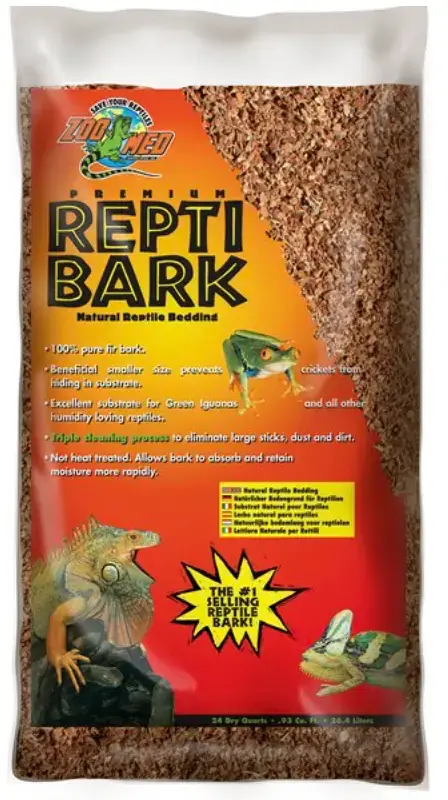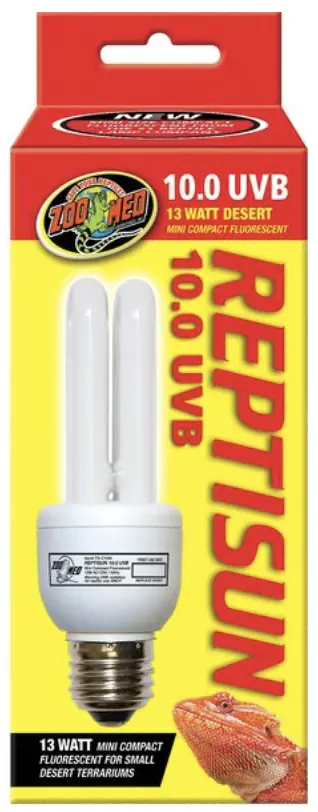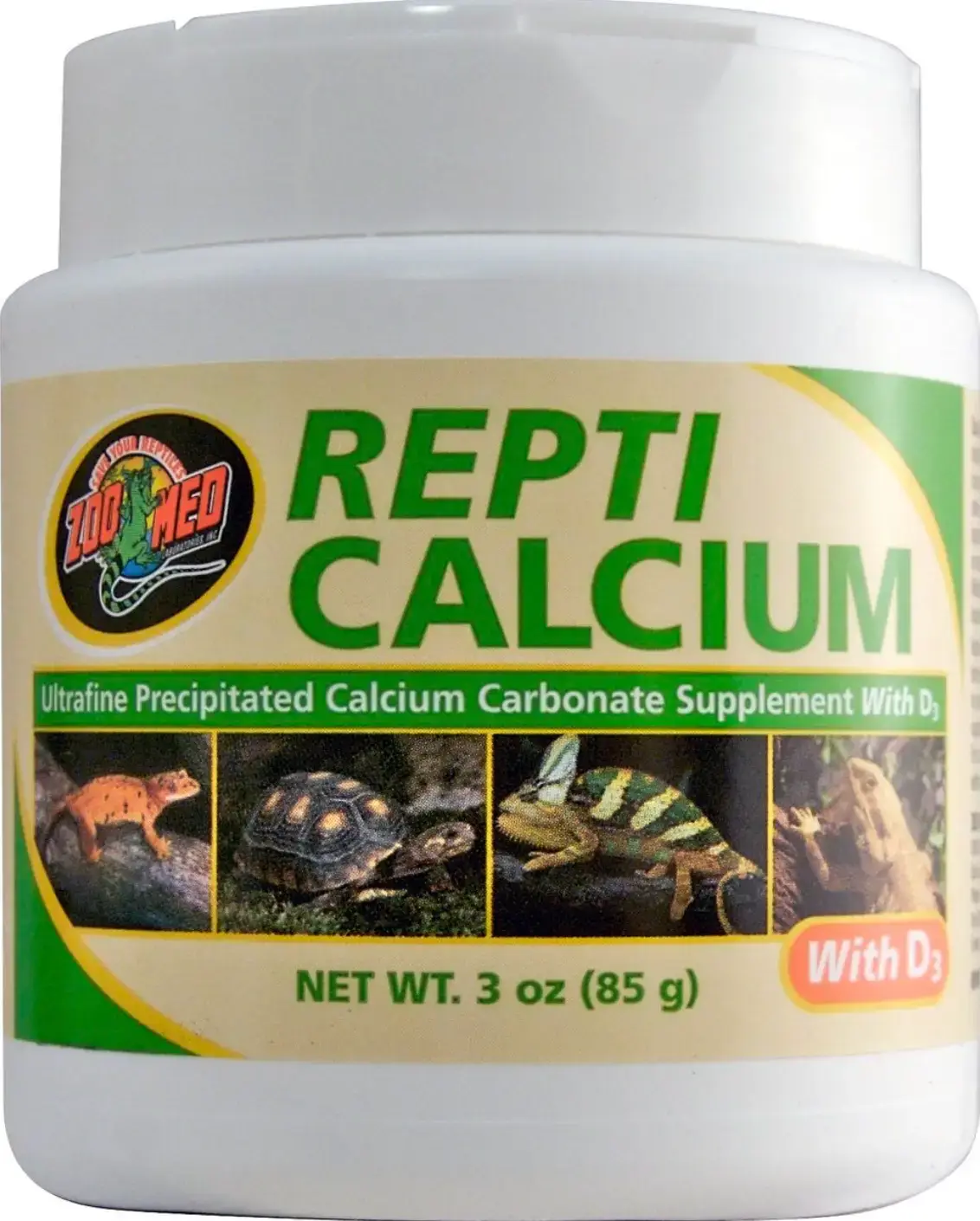This post contains affiliate links and I will be compensated if you make a purchase after clicking on my links.
Getting a pet tortoise can be an exciting thing.
You get to add a new member to the family, and you get to enjoy many of the benefits that come with owning a pet.
Of course, getting a pet tortoise can be overwhelming if it’s your first time doing so, especially since you have a lot of things to consider before you get one.
One of the biggest things you’ll need to consider is money.
So how much does a tortoise cost? Initially, getting a tortoise and all the things you’ll need to house them safely would set you back anywhere between $250 to as much as $1,000, while the maintenance costs will set you back by $50 – $100 per month in food and power bills, depending on certain factors.
Fortunately, in terms of monthly costs, tortoises can be relatively inexpensive to care for compared to cats or dogs.
For example, food for a pet tortoise costs about $20-$30 a month including supplements, while a large dog breed will run more than double that.
Unlike dogs or cats, however, tortoises will need a more dedicated and consistent amount of care for much longer, seeing as some species can live for 100 years or more.
You may need to consider the amount of care your tortoise might receive long after you die.
To help you out, we’ve made a list of everything you’ll need to keep a tortoise as a pet.
We’ve also broken down the amount of money you’ll need to invest in each of them.
How Much Do Tortoises Cost: Price List
Compared to their furrier counterparts, the initial cost of getting a tortoise is much cheaper than buying a purebred dog or cat.
Depending on the species, a hatchling pet tortoise costs between $50 and $1000.
The general rule of thumb is the more exotic it is, the more expensive it gets.
Aside from the species, you’ll also need to consider the tortoise’s age, since the older a tortoise gets, the more the prices go up.
Why would you want a more expensive, older tortoise when you can just get a cheaper hatchling, you ask?
Simply because the older a tortoise gets, the more “established” it becomes, which means you pretty much skip any complications you may encounter when caring for baby tortoises. Simply put, you pay more for lesser risk.
Listed below are some of the more popular species of tortoise and their respective prices.
Since you’re reading through this article, we’ll assume that you’ve already taken the time to research the tortoise species you want to keep, and what their individual needs are, like diet, the temperature you’ll want to keep them in, or the humidity.
| Tortoise | Hatchling Price | Adult Price |
|---|---|---|
| Russian Tortoise/Horsefield Tortoise | $50 – $100 | $130 – $180 |
| Hermann’s Tortoise | $130 – $170 | $500 – $600 |
| Red Footed Tortoise | $120 – $150 | $200 – $300 |
| Cherry-Head Red Foots | $140 – $170 | Up to $500 |
| Elongated Tortoise | $120 – $140 | Up to $250 |
| Sulcata Tortoise/African Spurred Tortoise | $50 – $70 | $1,500 – $2,000 |
| Greek Tortoise/Spur-Thighed Tortoise | $50 – $250 | |
| Leopard Tortoise | $160 – $190 | Up to $2,000 |
| Indian Star Tortoise | $250 – $400 | Up to $2,200 |
| Aldabra Giant Tortoise | $1,000 – $2,500 | Up to $20,000 |
- Russian Tortoise – Horsefield Tortoise
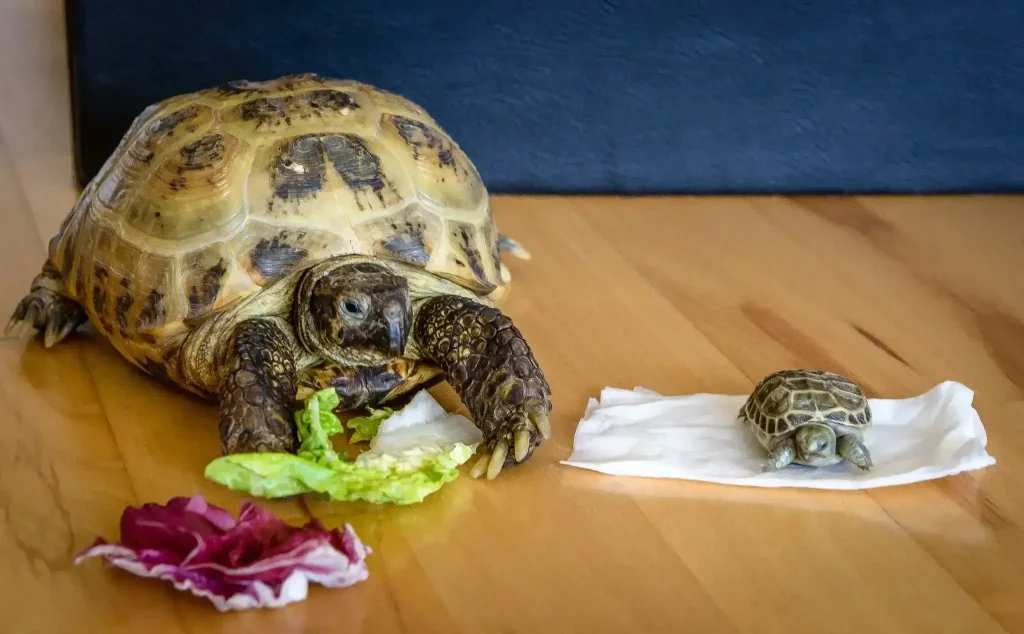
Originating from Eastern Europe, hatchlings of this species typically cost anywhere between $50 – $100, while adults could go for as much as $130 – $180.
- Hermann’s Tortoise
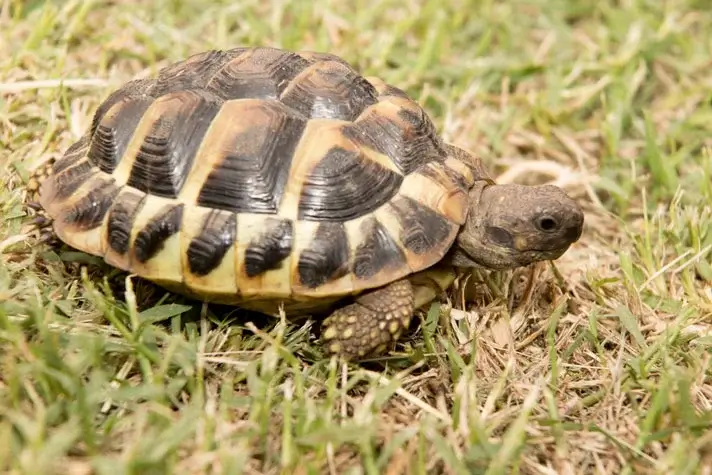
This Mediterranean species costs anywhere between $130 – $170 for hatchlings and as much as $500 – $600 for adults.
- Red Footed Tortoise
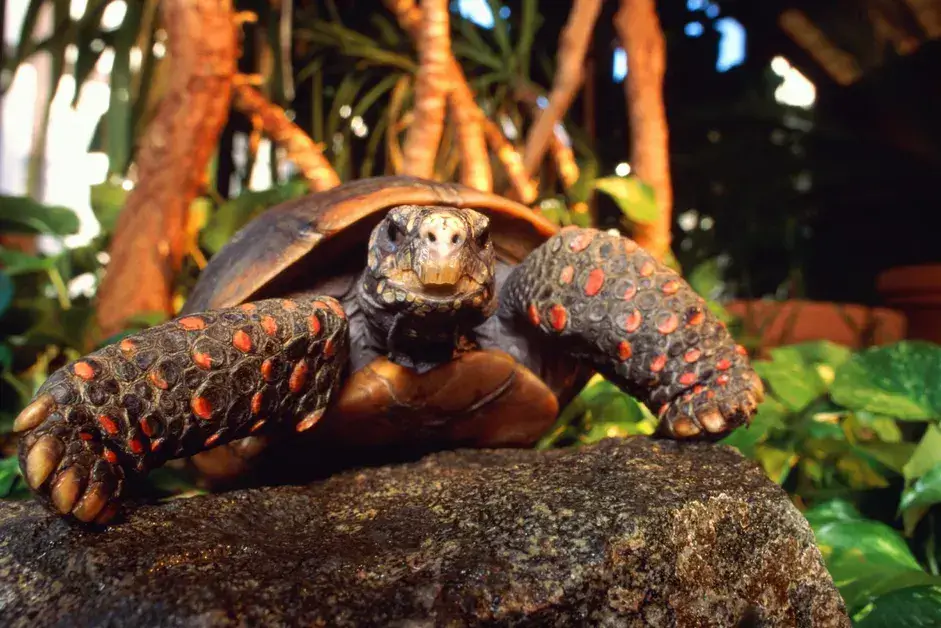
One of the more popular breeds originating from South America, Red Foot hatchlings cost anywhere between $120 – $150, while an adult pet tortoise cost $200 – $300.
These tortoises are popular due to their relatively friendlier temperament, where they’re not as skittish around people as other tortoises are.
- Cherry-Head Red Foots
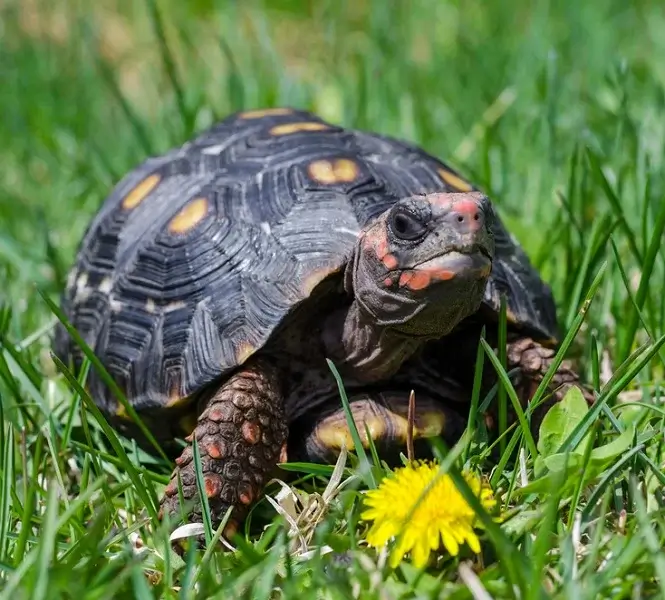
A brightly-colored subspecies of the red foot tortoise is typically found in the more densely forested areas in Brazil.
These are a bit more expensive than the regular red foot, with hatchlings costing $140 – $170 and adults going as high as $500
- Elongated Tortoise
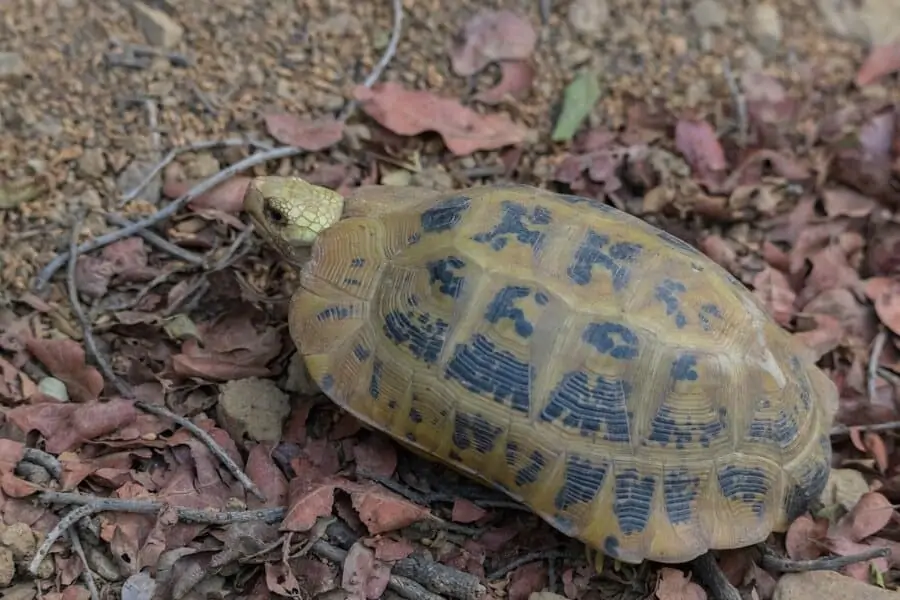
A tortoise species at home in the forests of Southeast Asia and some parts of India, elongated hatchlings cost between $120 – $140, while adults cost as much as $250
- Sulcata Tortoise – African Spurred Tortoise
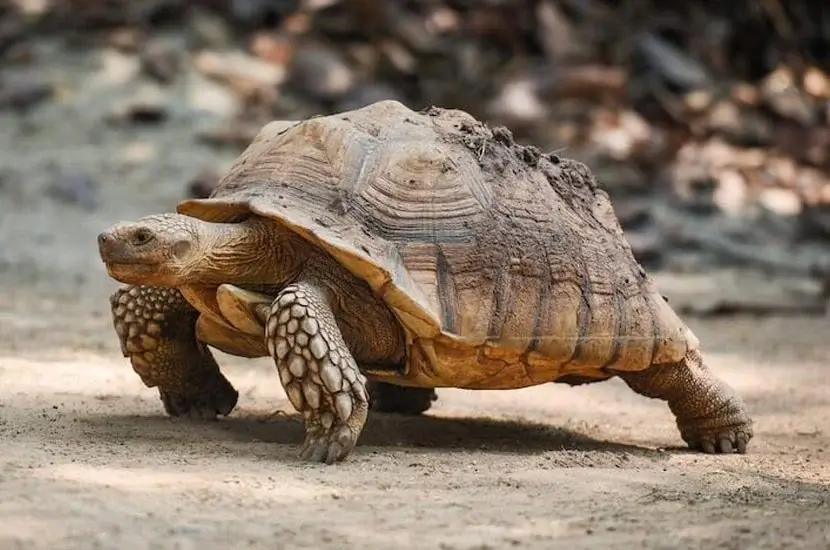
The Sulcata is the third largest tortoise in the world, behind the Galapagos and Aldabra Giant Tortoises, and costs between $50 – $70 for hatchlings. Adults, due to their size, can cost anywhere from $1,500 – $2,000.
- Greek Tortoise/Spur – Thighed Tortoise
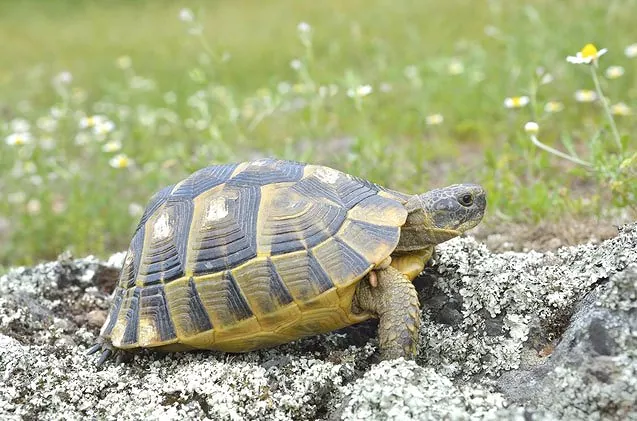
Another popular species is due to its small size even as adults, making them easy to care for.
These species cost anywhere between $50 – $250 for hatchlings, depending on the subspecies, with the rare ones becoming more expensive.
- Leopard Tortoise
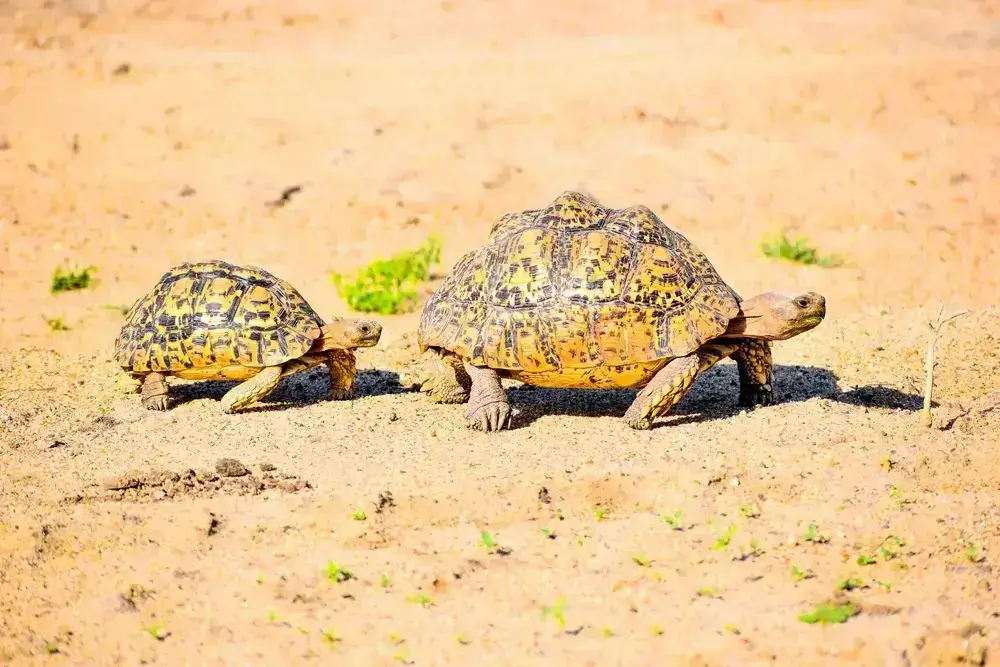
Known for the leopard spot markings on their shell, for which they are named for. You can get hatchlings of this African native anywhere between $160 – $190, while the adults go for as high as $2,000
- Indian Star Tortoise
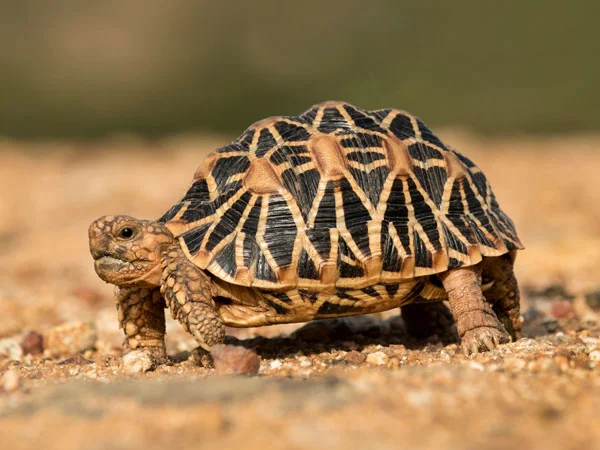
This tortoise is known for its beautiful shell markings, and is one of the more expensive species, with hatchlings costing anywhere between $250 – $400, and adults costing as high as $2,200.
- Aldabra Giant Tortoise
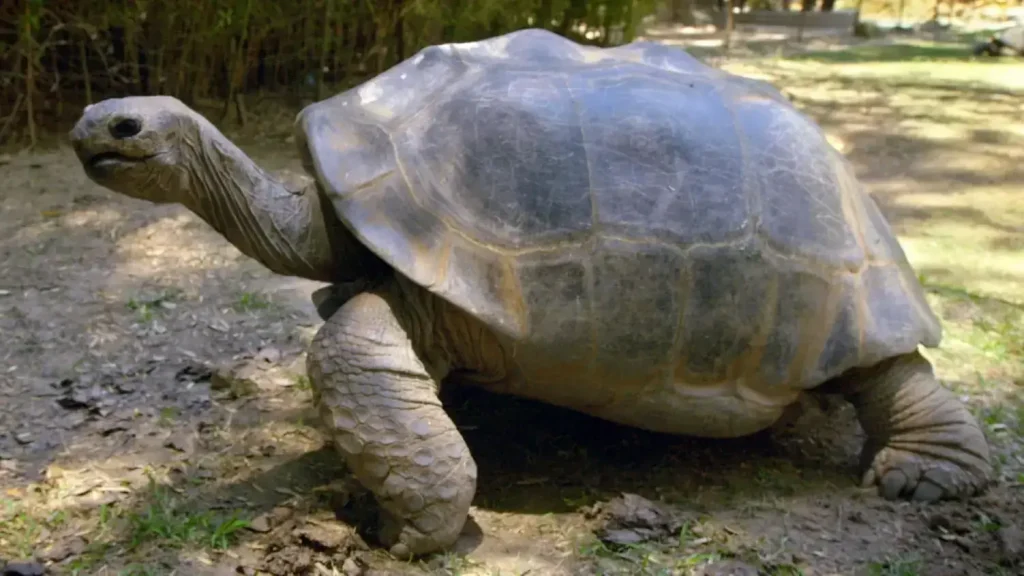
The second largest tortoise in the world, behind the Galapagos Giant Tortoise, the Aldabra is famous for its beautiful jet-black shell.
Because of how rare and how few people successfully breed these tortoises, hatchlings can be a bit expensive, ranging from $1,000 – $2,500 in price, with adults going for as much as $20,000.
Tortoise Cost of Ownership
| Item | Cost |
|---|---|
| Enclosure | $80 – $150 |
| Substrate | $8 – $15 (Change Every 6 months) |
| Basking lamp | $10 – $40 |
| Bulb | $6 – $12 |
| UVB bulb | $12 – $50 |
| Hide / Shelter | $10 – $40 |
| Food & water dishes | $3 – $20 |
| Other Accessories | $5 – $20 |
| Power Cost | $10 – $13 (Monthly) |
| Food | $20 – $25 (Monthly) |
| Vet Fees | $80 – $120 |
| Total | $244 – $505 |
While tortoises have long lifespans, they can be quite delicate regarding their environmental needs.
This means that in order for them to live through their golden years, it’s important to have the right kind of setup for them.
This includes having the right diet, the right enclosure size, and the right types of lighting and temperature, and you’ll also need to consider visits to the vet.
While some of these needs can easily be met with a single one-time purchase, some of these, like the food, UVB light bulbs, or heaters will incur maintenance costs on top of the initial purchase.
The Enclosure
The first thing on the list is the actual place where you’ll be keeping your tortoise.
You can get a specially-designed tortoise table from pet stores, or online. Depending on the size, you can get one from $80 to $150.
- It is suitable for outdoors and indoors
- Easy to assemble
- It has a frame for lighting
Of course, if you have the proper tools, you can look up designs online and build them yourself for a significantly cheaper price, and you get to customize it based on your needs or the space available in your home.
A good size to start with is a 4ft by 2ft/1.2m by 0.6m and which is about 1 a foot or 30cm deep.
You’ll also need to remember that your tortoise may outgrow its initial enclosure unless it’s a smaller species, so it’s best to plan ahead in such a scenario.
If the local climate allows it, you may need to consider building an outdoor enclosure, which will require significant investment and a good bit of home improvement on your part.
Another important aspect of the enclosure will be the substrate, which can be anything from sterilized topsoil to coconut fiber, mulch, or any combination of the three.
Depending on the type of substrate, you’ll be set back by about $8 – $15 per bag, with more specialized substrates becoming more expensive.
- Made from natural fir bark
- Suitable for burrowing
- Can be washed and reused
An 8L bag should be enough to keep you going for 4 or so months. The number of times you’ll need to change the substrate will increase in frequency the more animals you keep in a single enclosure.
Of course, the type of substrate you’ll need will depend mostly on the tortoise species you have and their humidity requirements, with tropical or forest species requiring higher humidity than others.
The Heating and Lighting
Tortoises are ectothermic animals, which means they aren’t able to produce their own body heat and will need to bask in order to stay warm and maintain their bodily functions.
Unless you live in an environment where the climate allows you to keep the tortoise table outdoors, assuming of course that they’re safe from predators, you will need to make use of basking lamps in order to simulate the heat of the sun.
You will also need a UVB lamp, which will help your tortoise produce Vitamin D, which in turn helps them metabolize calcium in order for them to grow healthy.
If you live in a place where it gets really cold at night, it’s also important to have a heat emitter, a light bulb-like item that emits heat, but not light, which will allow your tortoise to rest in the evening without being disturbed by bright light and still stay warm.
You can manually control all these lights depending on your tortoise’s current needs, but it’s recommended to simply get a thermostat so the whole heating and lighting system is automated.
The basking lamp will set you back about $10 – $40, depending on the style, with clip lamps being the cheapest.
The bulb itself will cost you between $6 – $12, depending on the wattage, with higher watts costing more.
For UVB lights, you can use the same type of lamp as what you’ve used with the basking lights, with the only difference being the bulb.
UVB bulbs will cost you between $12 – $50 per bulb, depending on the amount of UVB they output.
- Can be placed either vertically or horizontally
- 30% UVA
- 10% UVB
Heat emitters will also require lamps, as they screw in like light bulbs, though they only produce heat, not light.
Each one will set you back between $6 – $15, again depending on the wattage.
If you’re looking to add a thermostat to your system, you’ll be looking at spending an extra $20 – $60, depending on the model and the amount of control.
So to summarize it all, for the lighting and heating systems, you will need to invest around $75 to as much as $250, depending on the needs of you and your tortoise.
Some dealers will sell you these items as a bundle, so you can save a few dollars.
Do remember that the initial costs could go higher the larger your enclosure gets and the more tortoises you have in one enclosure.
You will also have to replace the bulbs at least twice a year, especially with UVB bulbs, as they are only effective at producing UVB between 6-10 months, even if they still produce light.
Hides, Food Dishes, and Optional Items
A tortoise enclosure wouldn’t be complete if it doesn’t have a place for a tortoise to use as a shelter.
A typical hide can cost between $10 – $40, depending on the material and the size.
Some hides might also have built-in hygrometers and thermometers so you can monitor the conditions of your tortoise’s hidey-hole.
If you want to save money and don’t mind a bit of improvisation, you can also make use of old pots, plastic containers, and other items to build your own hide.
Just make sure that the opening is wide enough for your tortoise to fit through.
Another vital part of your enclosure is water and food dishes. You’ll need these to keep the substrate from getting into your tortoise’s food and water supply, which can cause impaction.
Food and water dishes can cost anywhere between $3 – $20, depending on the material.
- Completely washable with no micro pitting
- Ramp bowl allows easy "in and out" access
- Made in the USA!
You can also opt for automatic feeders so you wouldn’t need to refill your tortoise’s food or water bowl manually every time.
Do note that automatic feeders are only best used for dry foods, like tortoise pellets.
Aside from the hide and food dishes, you can also populate your enclosure with items that could help with your tortoise’s enrichment.
This could include fake plants, basking platforms, and decorative items your tortoise can play with or interact with. Each item will cost you anywhere from $5 – $20 but is completely optional.
These items are generally just used to keep your tortoise from getting too bored.
You’ll also need to make sure that they don’t actually try to eat the fake plants.
Most tortoises give up nibbling fake plants once they realize that they’re not real, but it’s still best to keep an eye on them just in case.
Another optional item you may want to consider having is foggers or automatic sprinklers.
These items help keep the enclosure humid in order to keep your tortoises comfortable. Many of these run on a timer, so you wouldn’t need to worry too much about them.
These humidifiers generally cost anywhere between $20 – $75, depending on the water capacity and the additional features.
Sprinklers are basically just automatic spray bottles that produce mist, while foggers, as their name implies, actually produce fog, which also makes them a bit more expensive.
The Power Costs
On average, the monthly power costs for maintaining a single tortoise enclosure shouldn’t set you back more than $10 – $13 a month per bulb on your power bills.
The lights in an enclosure will only need to be switched on for 10 – 12 hours a day, and the heater only when it gets too cold.
An efficient thermostat should only keep these systems on when the environment in the enclosure changes to suboptimal levels.
The power cost ultimately depends on the number of lamps you have, the wattage of each one, and the number of animals you keep in a single enclosure.
The Food and Diet
One of the biggest expenses when keeping tortoises involves food, though compared to other pets, tortoises are cheaper to keep when it comes to what they eat.
On average, one month’s supply of food for one tortoise costs about $20, a bit more if you include supplements like calcium and vitamins, which will add another $10 – $20 per tortoise to your monthly food expenses.
- Free of impurities such as Oyster Shell Calcium
- Great value for the amount of calcium you're receiving
- Free of impurities such as Oyster Shell Calcium
Naturally, the bigger a tortoise gets, the more food it will need, though if you’re living in an area where it’s safe to put them outdoors, it will generally meet the bulk of its dietary needs by eating weeds.
This means you wouldn’t need to feed them produce more than once every 2-4 days, saving you a lot of money.
Of course, the types of food you’ll need to get for your tortoise will vary depending on the type of environment they live in in the wild.
Tortoises that live in arid climates like the Sulcata, the Greek tortoise, and the other Mediterranean species will live exclusively on weed and leafy vegetables.
Fruits aren’t a staple for them, and should only be fed to them as a once-a-year treat, as too much sugar will fry their kidneys.
On the other hand, tortoises that make their home in the forests, like the Elongated tortoise and the Red Footed tortoise can tolerate eating fruit once every 2 weeks.
As a matter of fact, it’s considered a staple for them. They will also need to consume meat once every 1-2 months.
This can take the form of mealworms or other feeder insects for hatchlings and dog or cat food for adults.
This makes forest-dwelling tortoise species slightly more expensive to feed than grassland or desert species.
Veterinary Clinic Fees
One last but important pet tortoise cost is for visiting the vet.
On average, the initial veterinarian check-up will set you back about $120 per tortoise, and anywhere between $80 to $120 for your annual visit.
This can shoot up exponentially by at least $100 to $250 if certain treatments are required, which involve a lot of lab tests.
If your tortoise is in any particularly life-threatening situations, such as when their shell is cracked or they have been injured in any way, you might even need to pay for surgery, which can cost as much as $4,000 or more.


